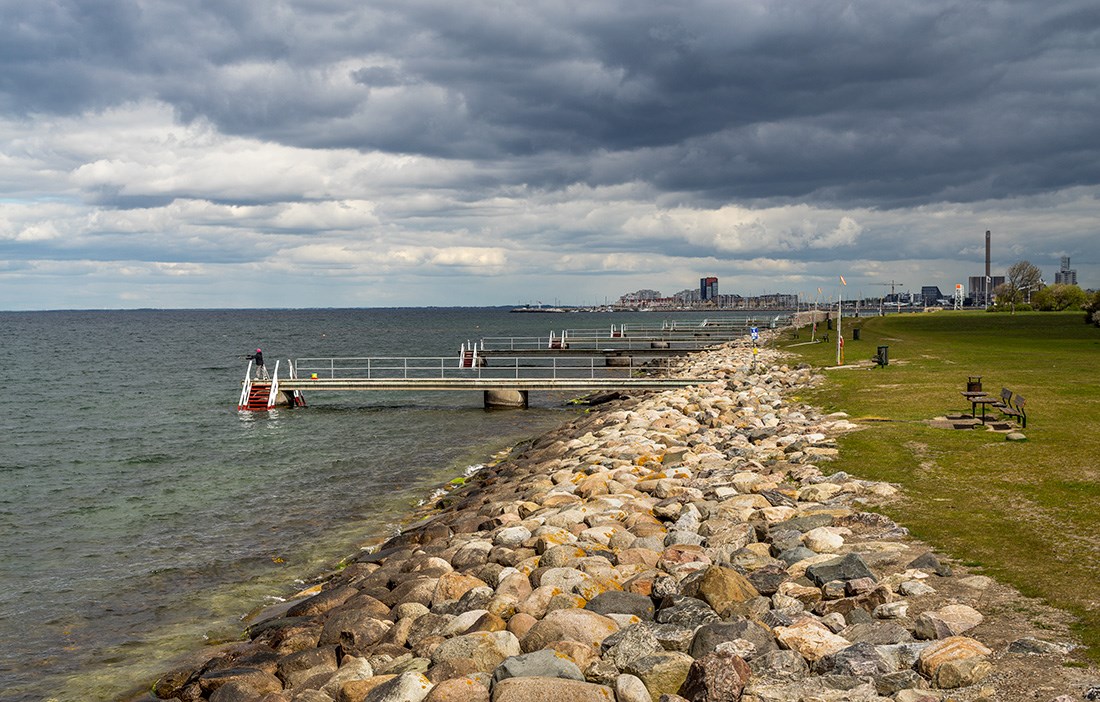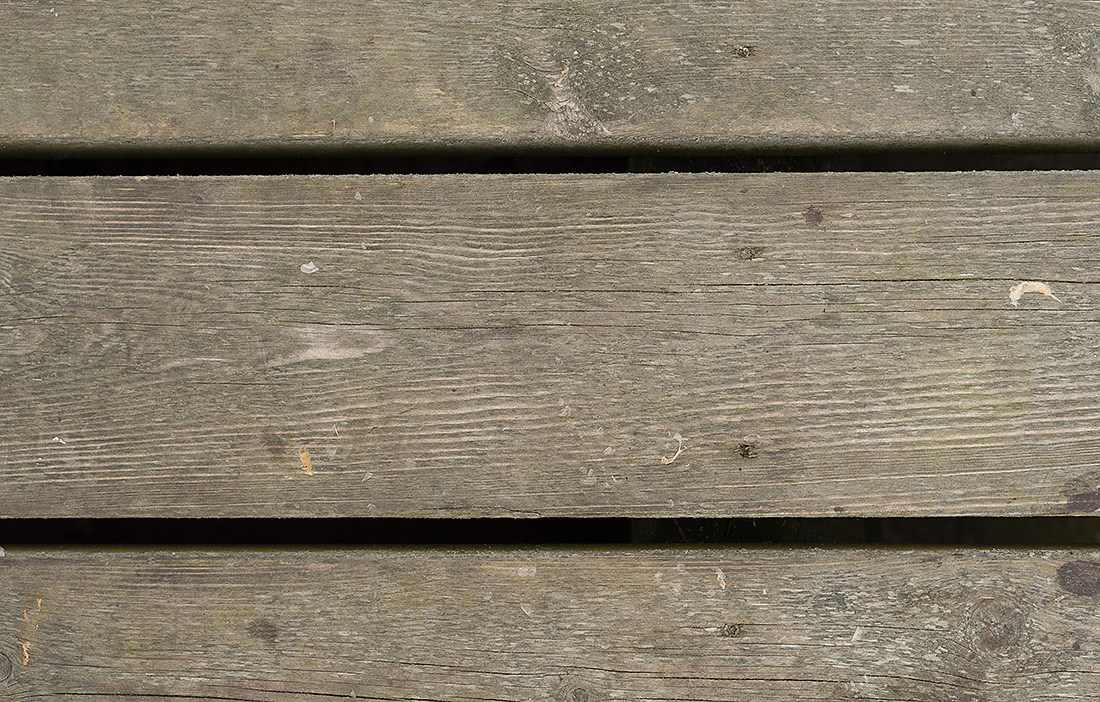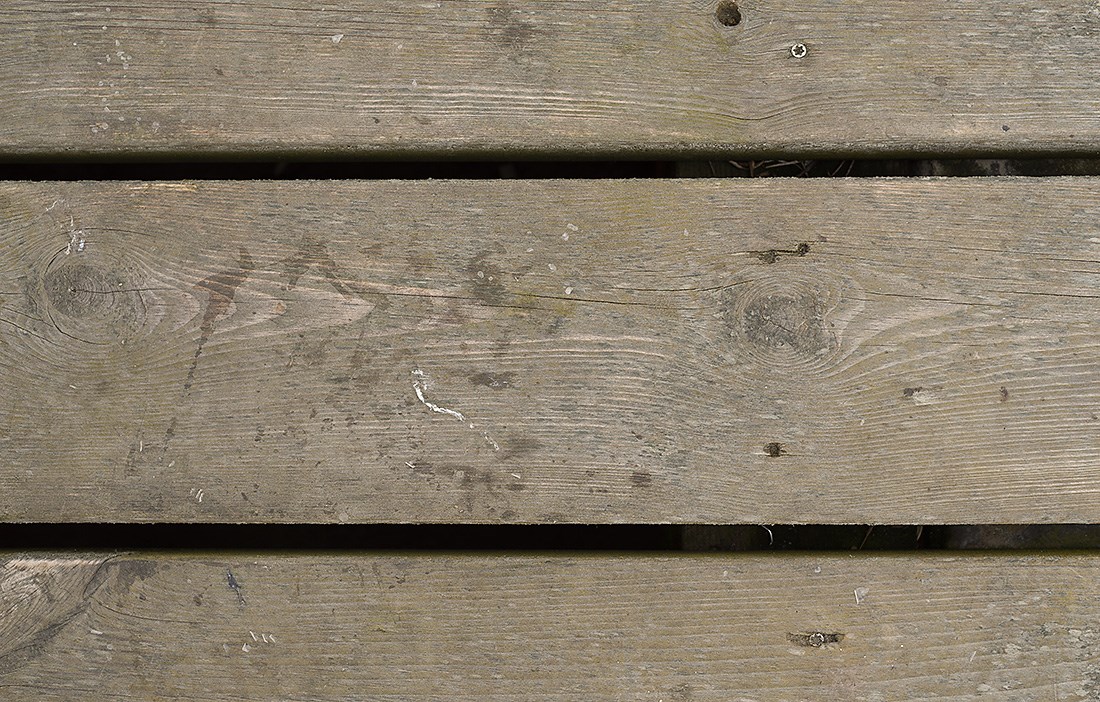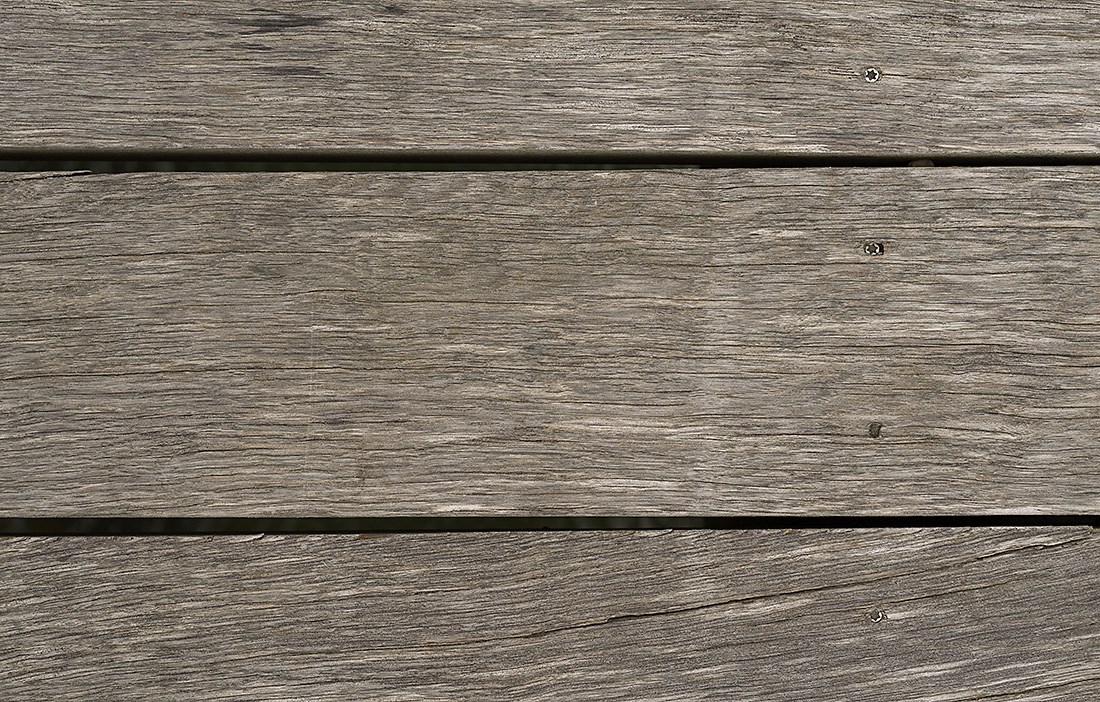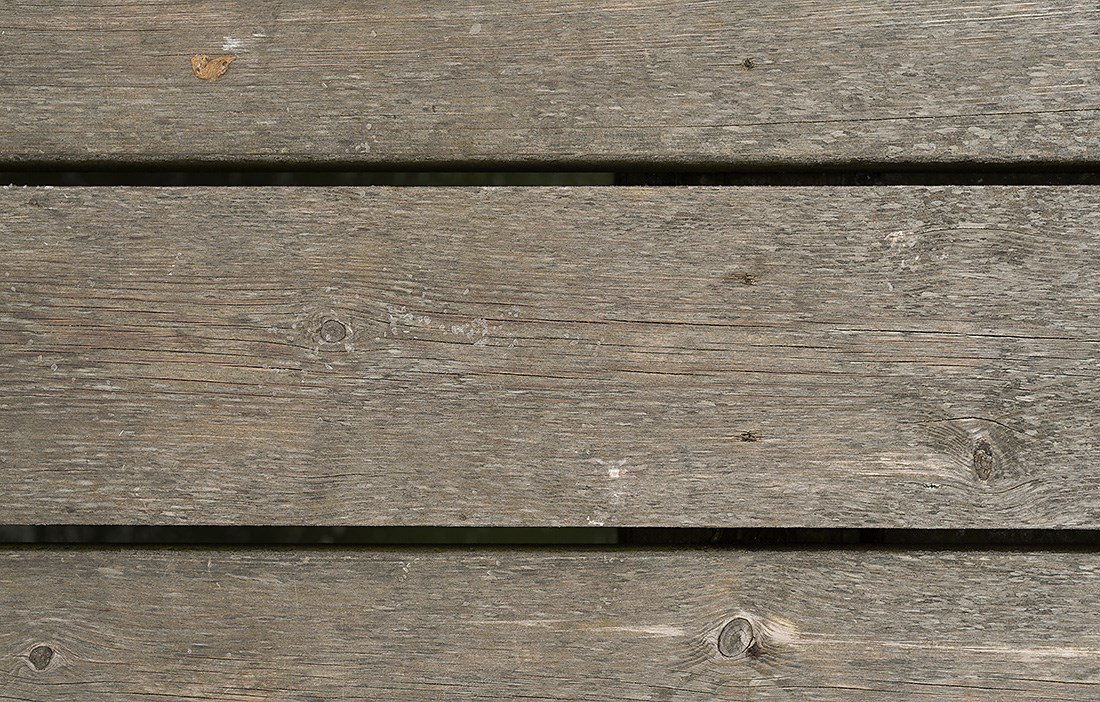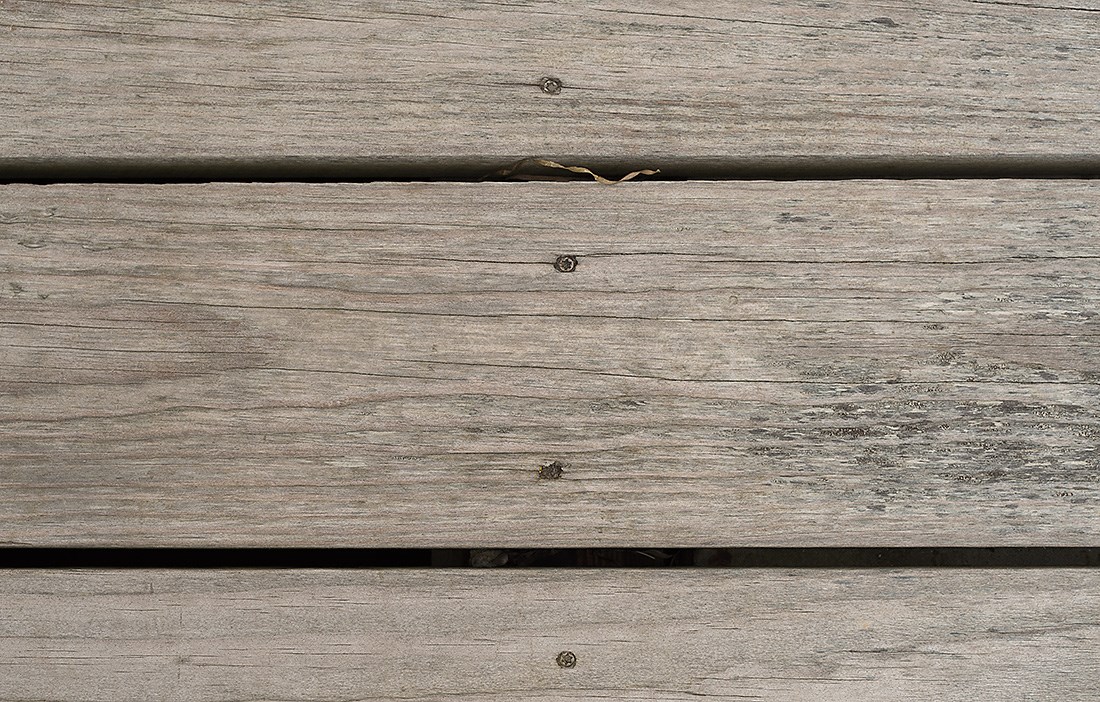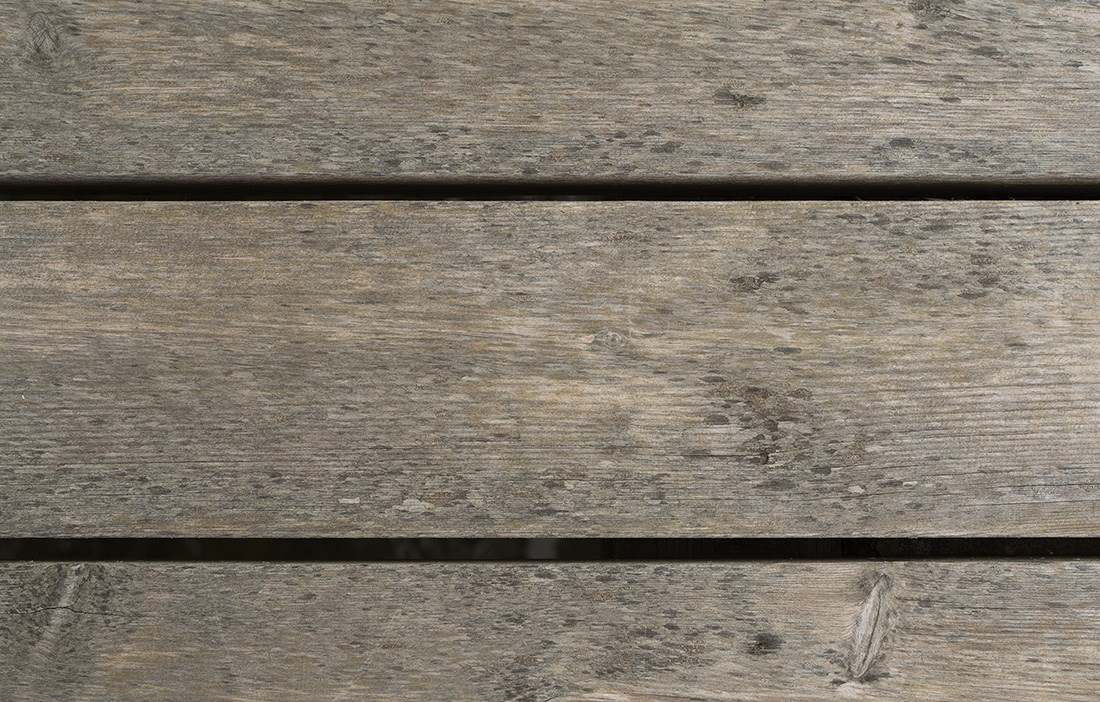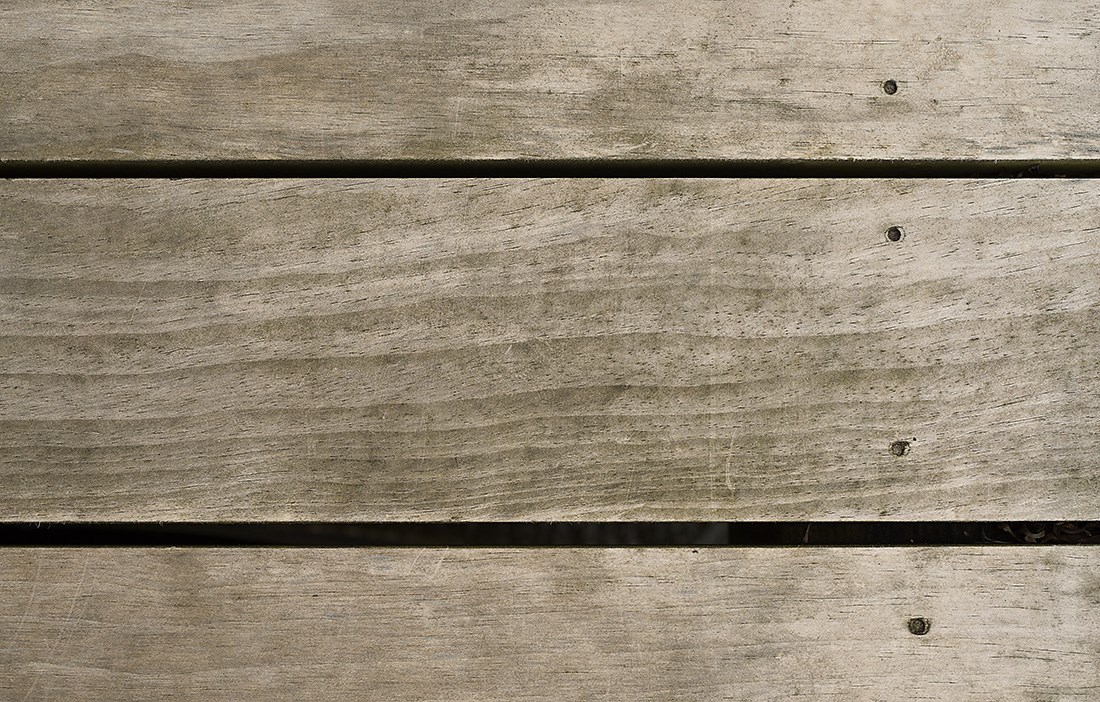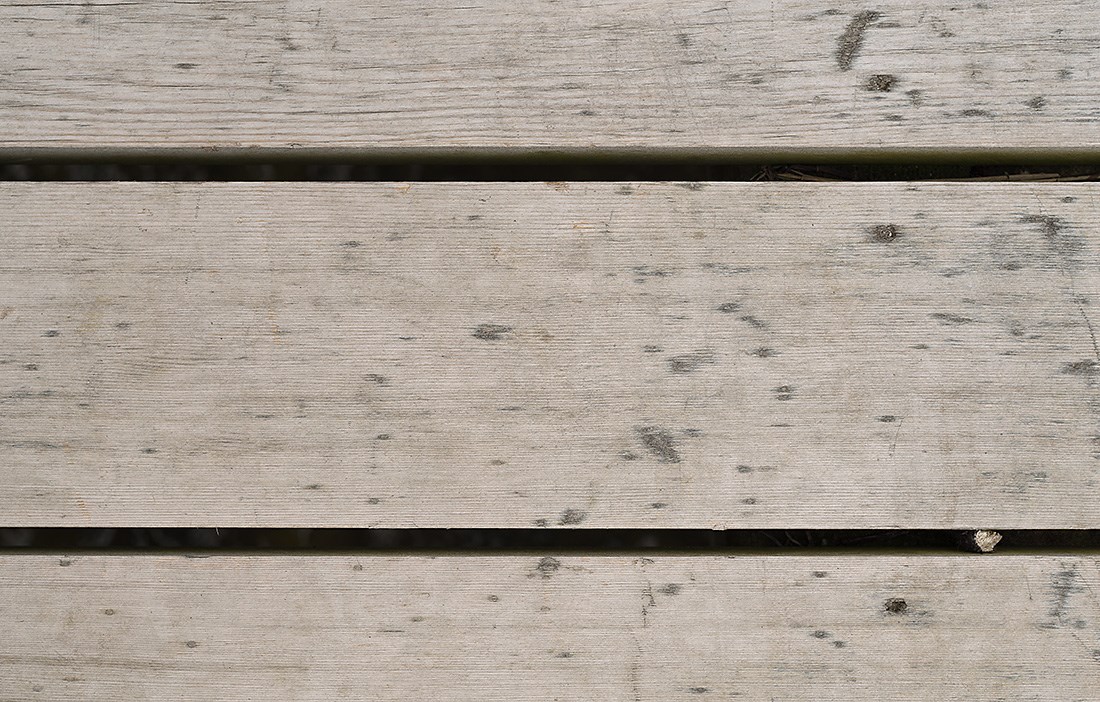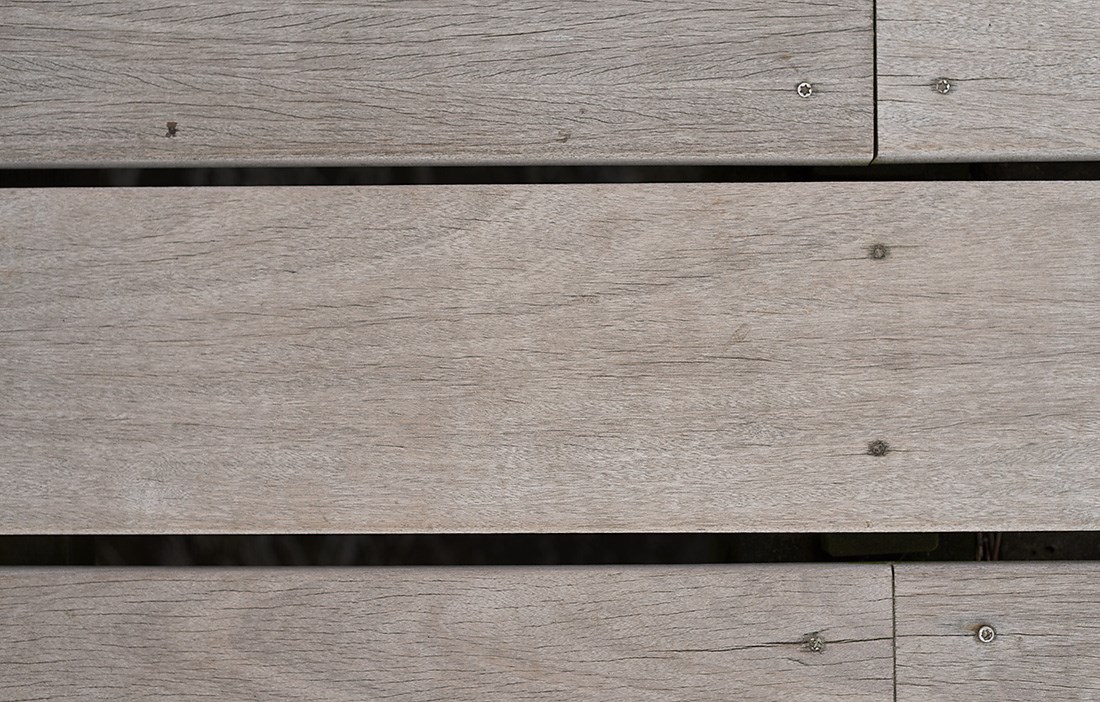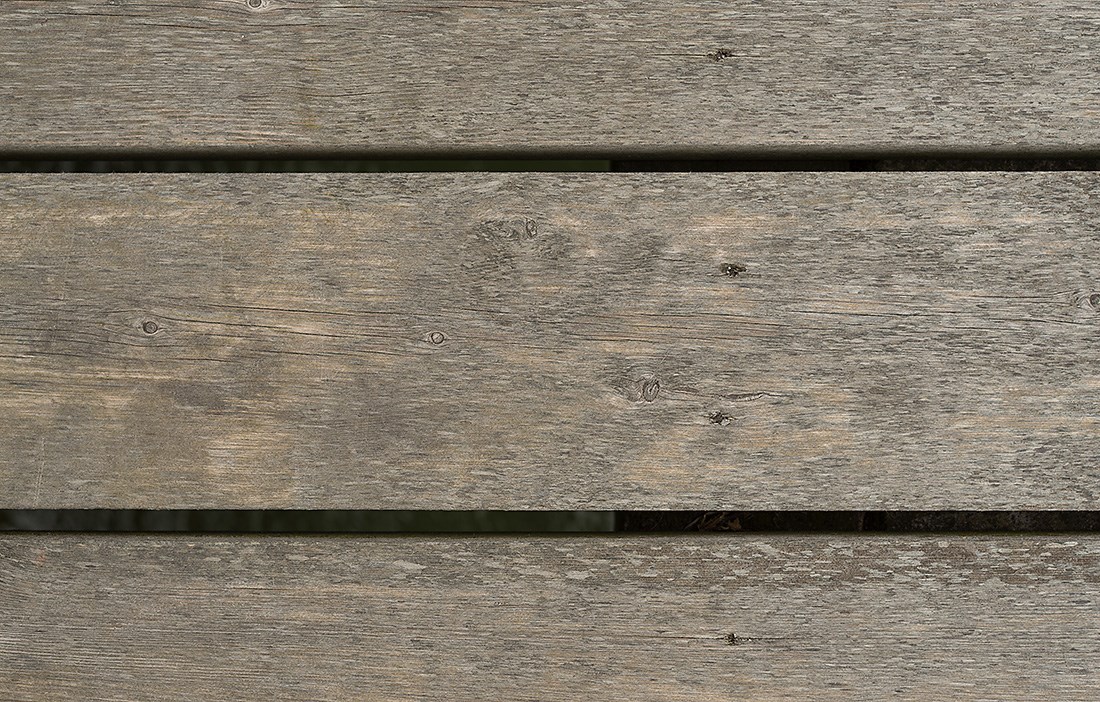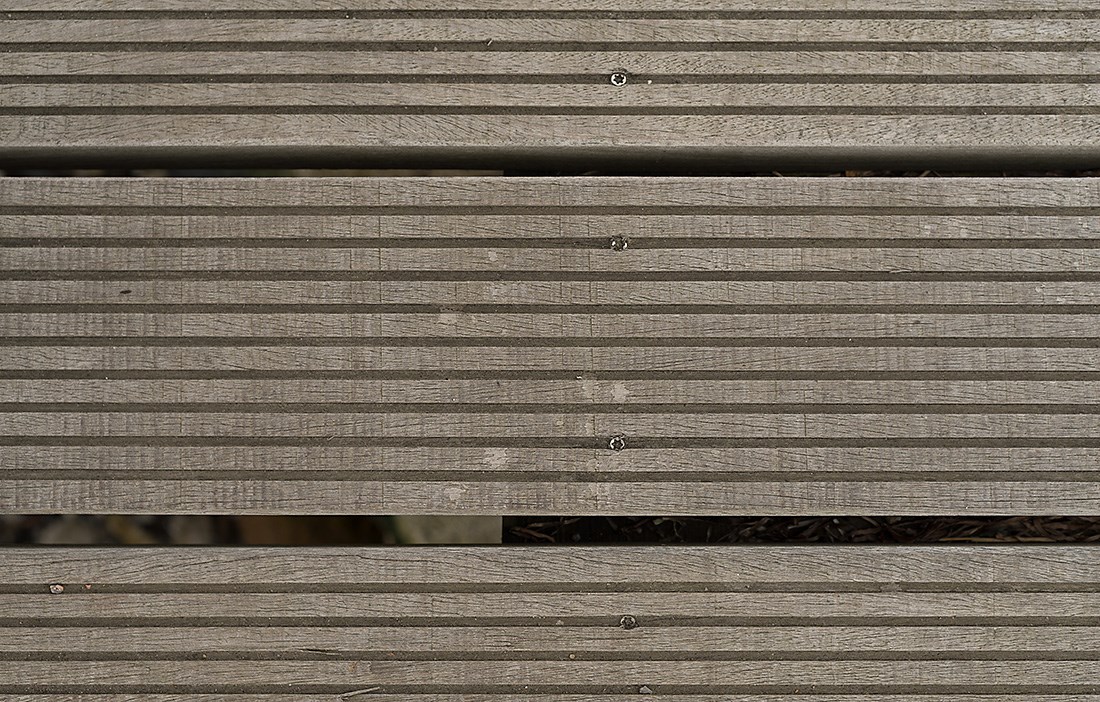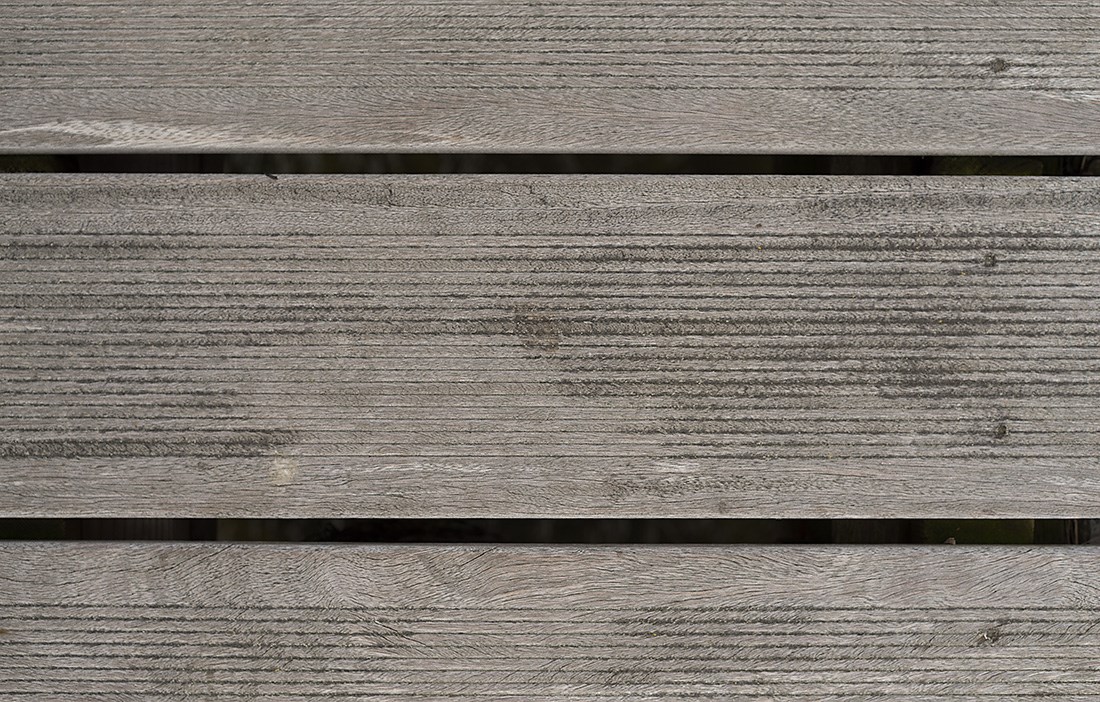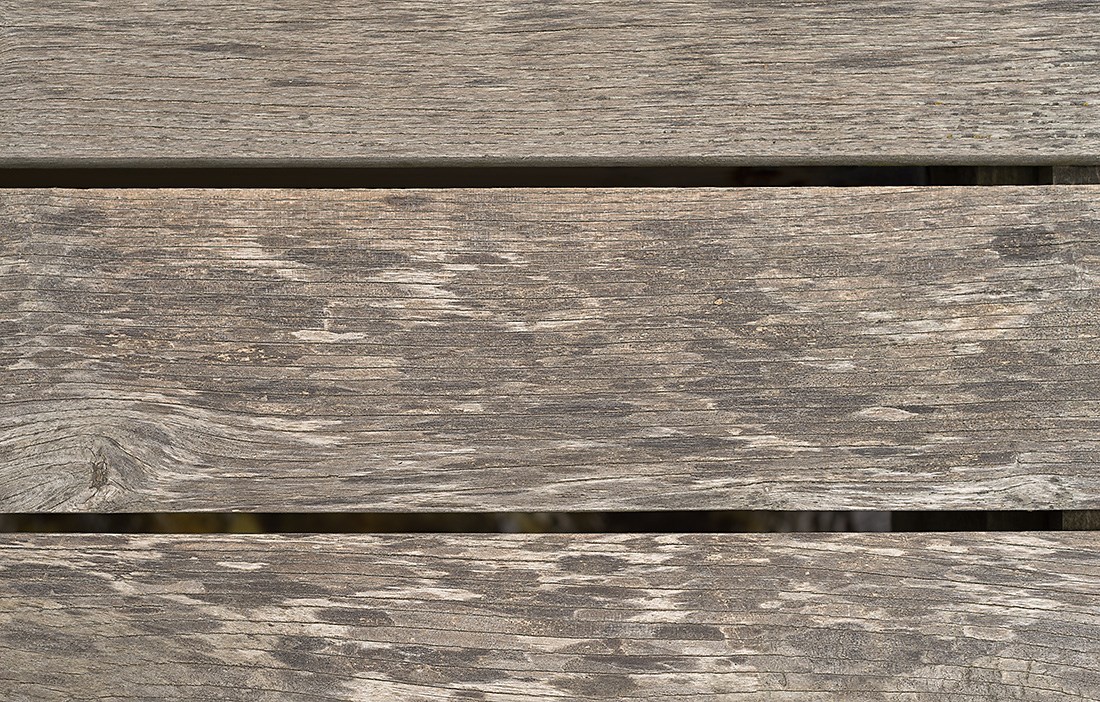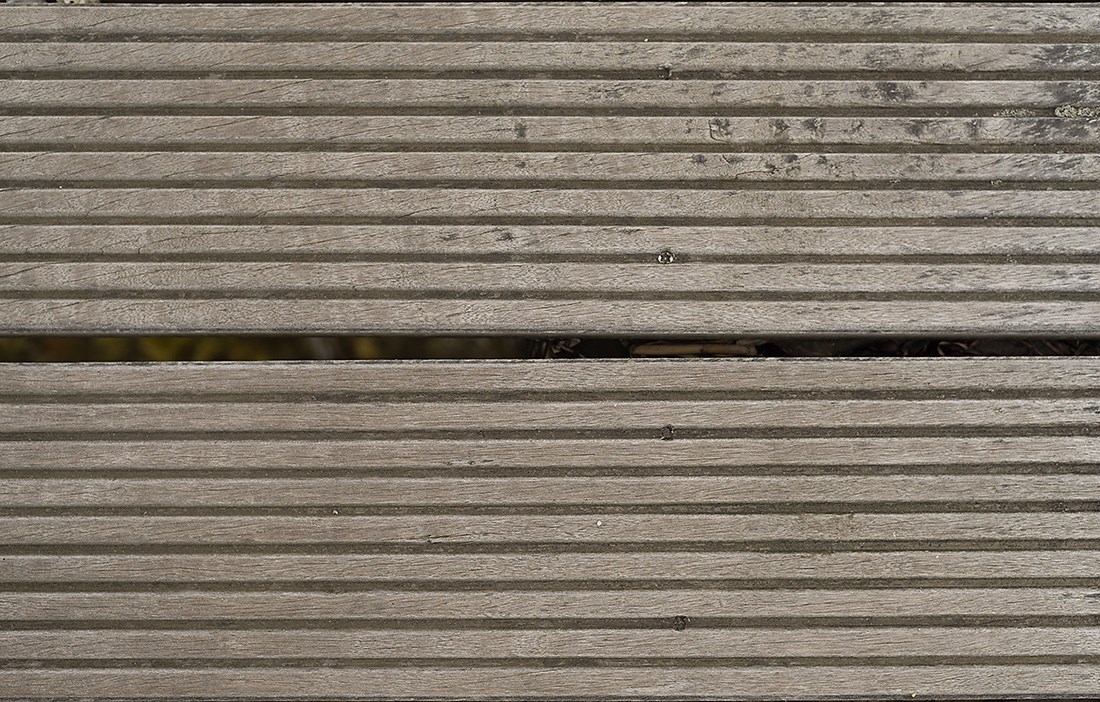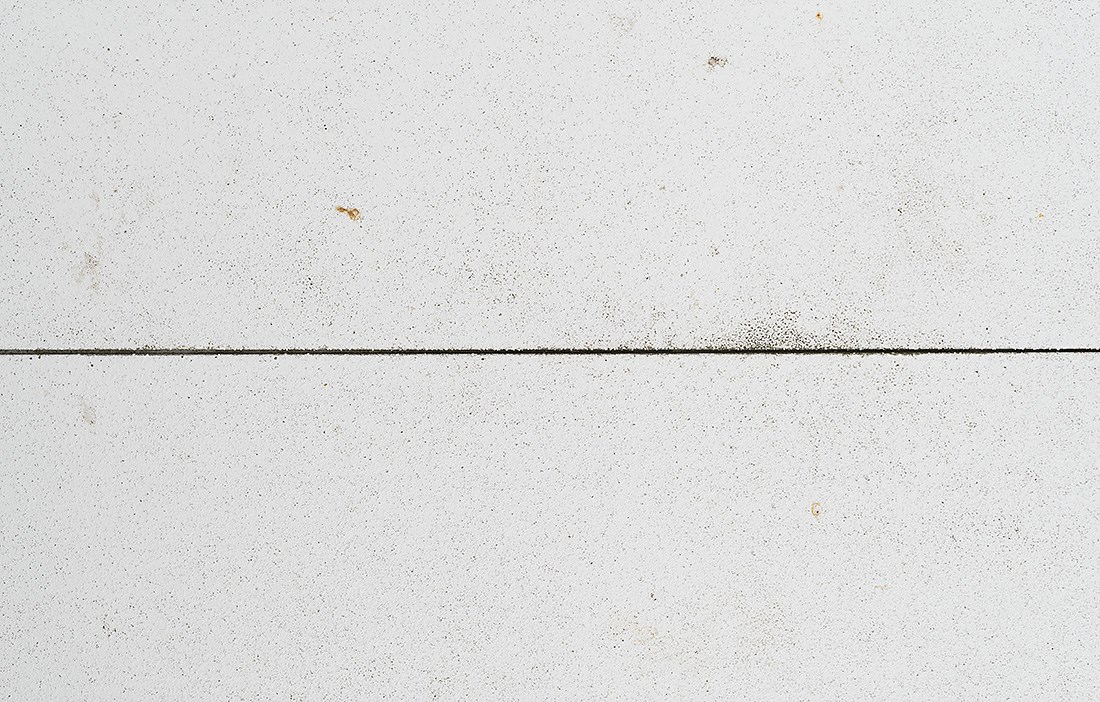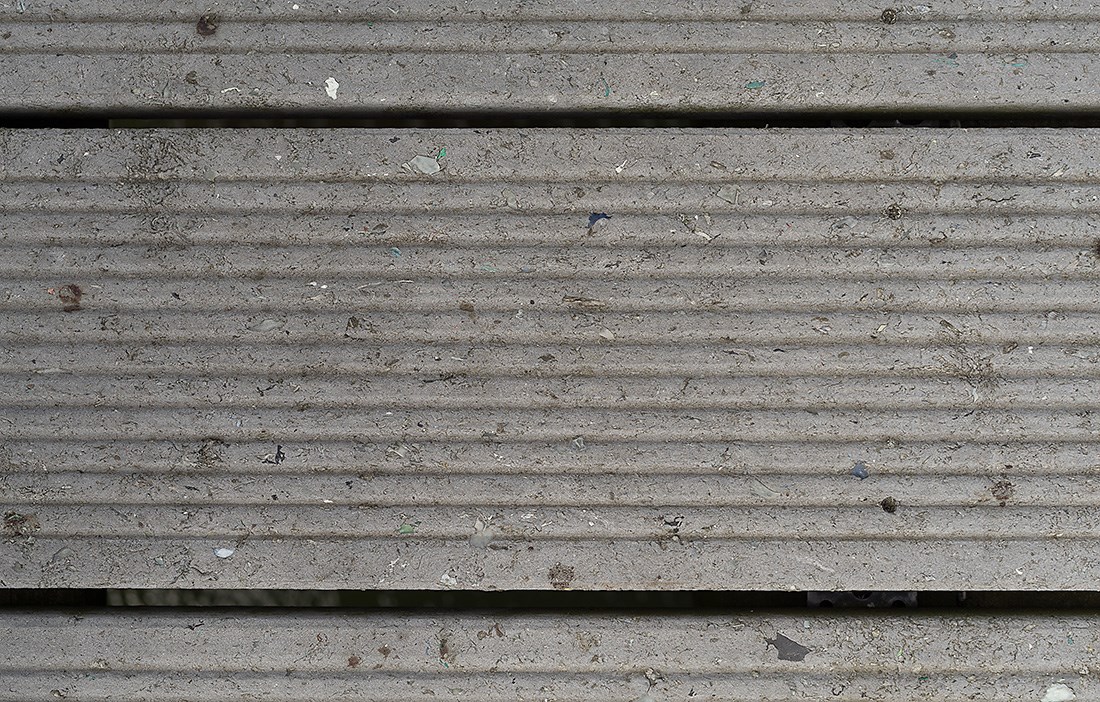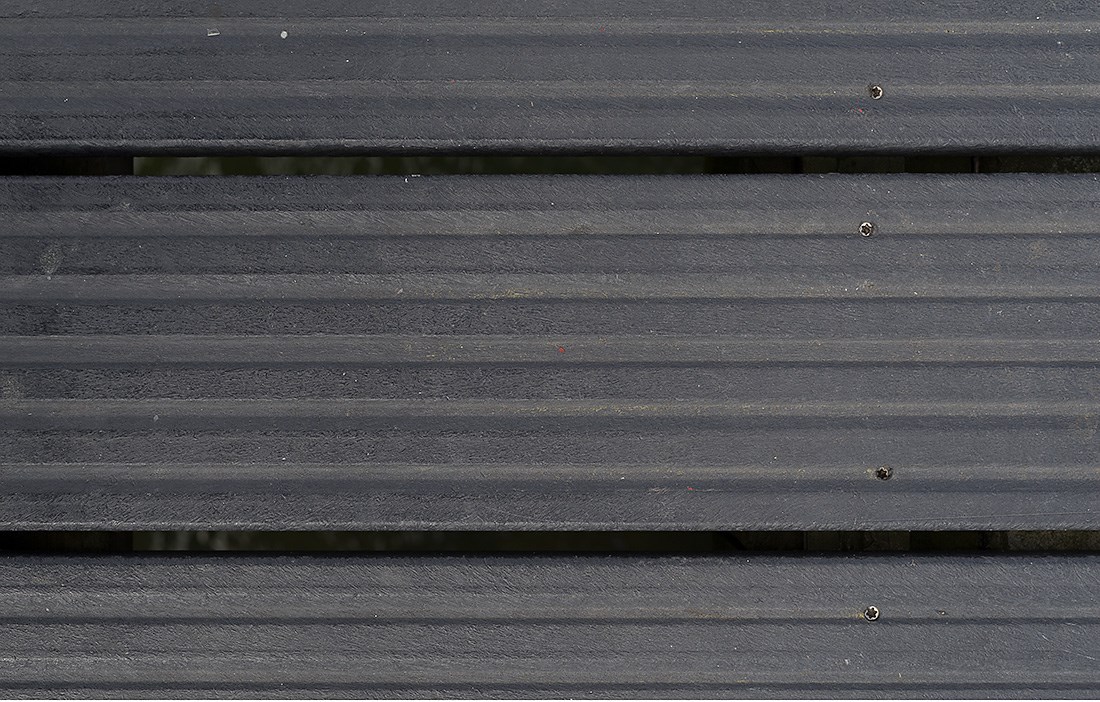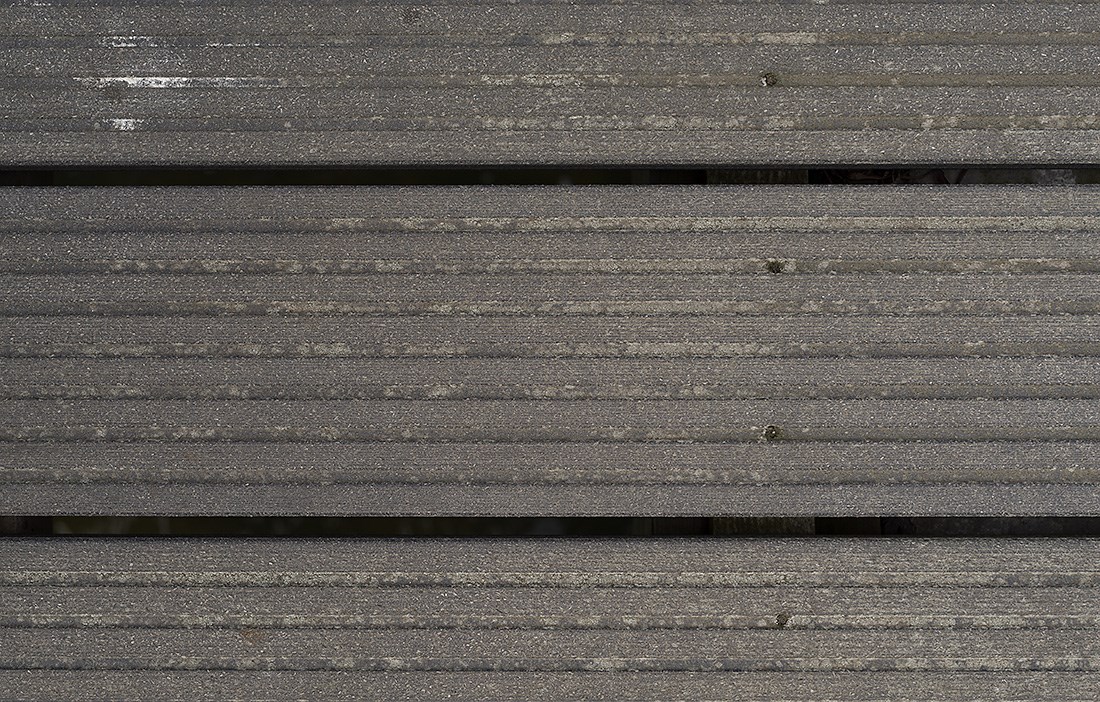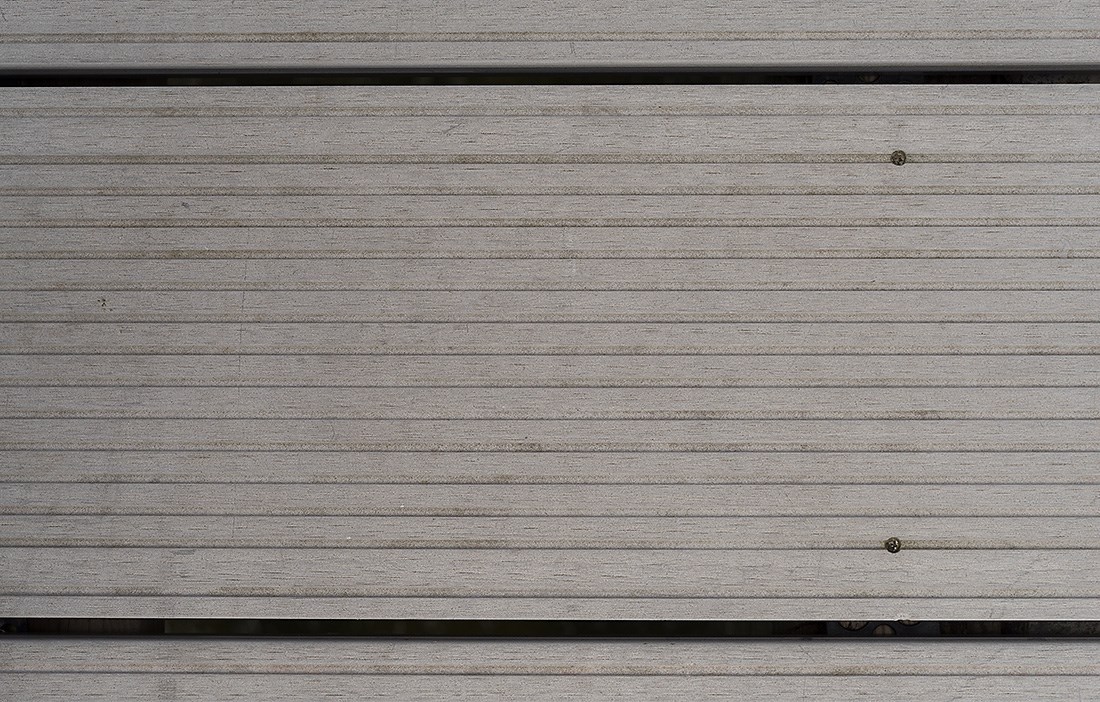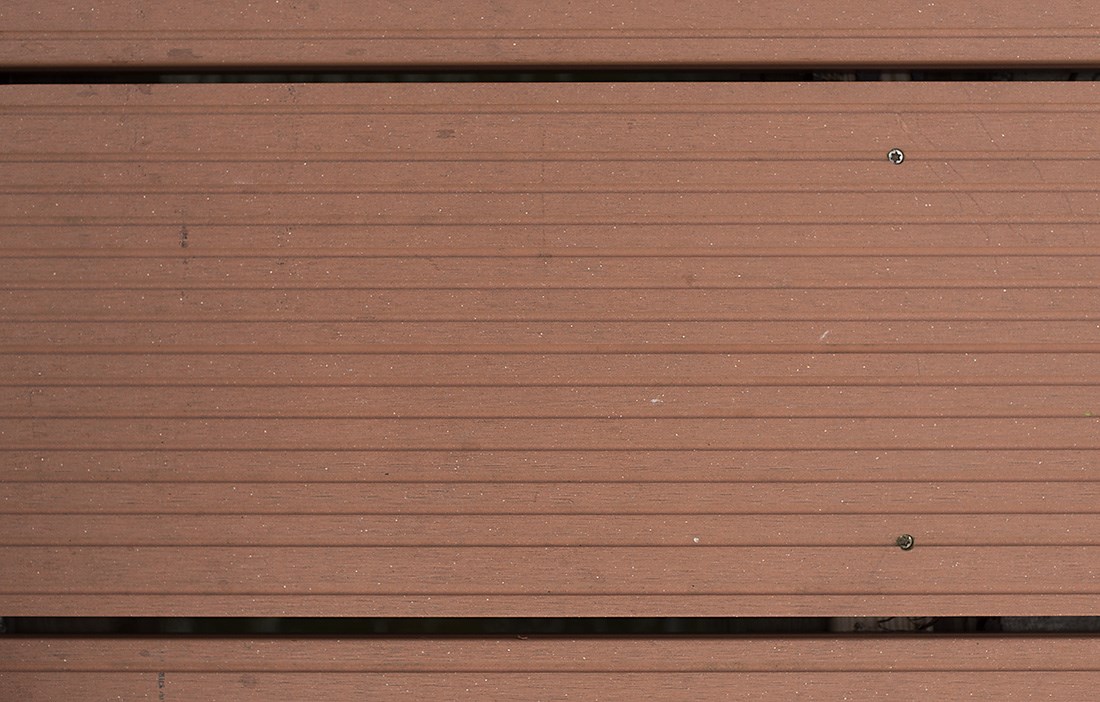The materials vary in price – from SEK 10–15 per metre for pressure treated wood to over SEK 100 per metre for certain tropical woods. They also have different properties.
It is of course highly interesting to know what service life you can expect under the ‘worst imaginable conditions’, which means outdoors and unprotected from wind and weather, and what risk there is of attacks from wood-decaying fungi. Other key properties to bear in mind are how the material works with other materials, particularly fasteners, and the risk of these corroding, plus colour fastness, durability and maintenance needs.
There are still major gaps in our knowledge about the properties of the different materials. This prompted the City of Malmö’s Streets and Parks Department to initiate a study of various materials used outdoors in an urban environment, and they brought in SP Technical Research Institute of Sweden* to assist. In spring 2013, a range of wood, plastic and composite materials were fitted to two jetties at the Sibbarp bathing spot just north of the Öresund Bridge. The aim was to establish relatively quickly which materials survive best in an exposed environment in terms of appearance, durability and function.
SP has so far inspected the sample materials on four occasions, in order to study the following properties:
» microbial attacks (wood-staining fungi, algae and rot)
» colour fastness
» splitting
» deformations
» other observations that affect the material’s function and appearance.
The trial will continue for several years, and it is currently too early to rank the different materials in a ‘best in test’ scenario, particularly with regard to their durability. The materials have been exposed for too short a time – four summers for the first samples put in position – to be able to discern any difference in their durability properties. It will take another few years before SP can publish a sufficiently considered result, but it will be interesting to see how the alternatives to pressure treated wood have performed – materials such as Organowood, an acclaimed Swedish product, but one that SP has limited experience of in practical use.
Although the project is ongoing, SP has already gained valuable information about the properties of the different materials, in terms of both appearance and mechanical factors:
» All the wood materials have quickly turned grey. No difference in colour has been noted between the cheapest material, pressure treated wood class A, and the significantly more expensive wood alternatives of pine heartwood, Accoya, Kebony, Organowood and the various hardwoods.
» After four summers, the plastic and composite materials have largely retained their original colour.
» All the materials except the recycled plastic and composites have, to varying degrees, seen growth of wood-staining fungi and algae. Such growth has not had any impact on the appearance of the material with the silicon-based SiO2 surface treatment.
» The mechanical properties differ considerably from material to material. The wood materials oak, robinia, bankirai, azobé and heat treated wood (Thermowood) have shown a clear tendency to split at the edges and in the grooves. Grooved material also seems more inclined to split than non-grooved. It is worth bearing this in mind when choosing a material for a jetty deck, terrace or park benches, for example.
* Earlier this year SP merged with Innventia and Swedish ICT and is now called RISE Research Institutes of Sweden.
The Swedish report Försök med olika material i bryggor vid Öresund Lägesrapport nr 3 (pdf) can be downloaded here.

